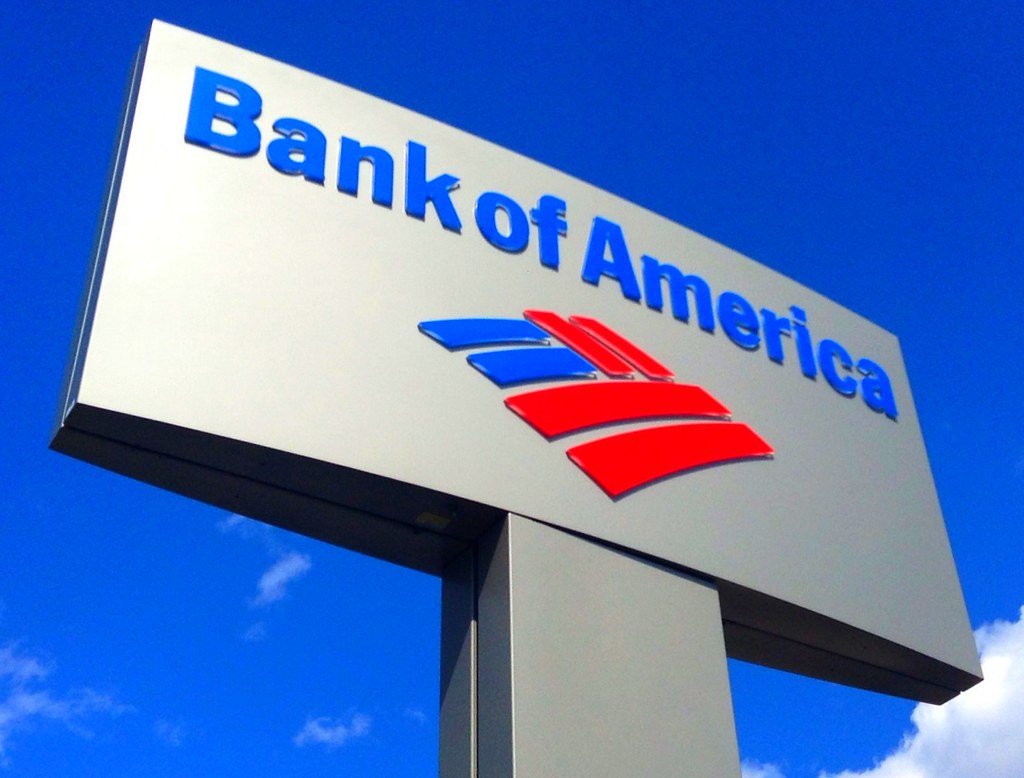Bank of America, the second-largest U.S. lender, delivered a stellar second-quarter performance, surpassing Wall Street estimates as its net interest income (NII) soared by 14%. The bank foresees an 8% increase in NII this year, supported by clients’ higher interest payments amidst the Federal Reserve’s efforts to tackle inflation. CEO Brian Moynihan expressed optimism, highlighting the resilience of the U.S. economy and a robust job market.
The market responded with enthusiasm, with Bank of America’s stock surging by 4.2% on Tuesday. However, experts cautioned that the higher rates benefiting the bank could also exert pressure on its net interest margin as customers seek higher yields. Nevertheless, the company’s diversified business mix and strong cost discipline helped offset some of the pressure.
One of the standout performers was Bank of America’s investment banking unit, which saw a remarkable 76% surge in net income, reaching an impressive $2.7 billion. The remarkable gains were driven by higher interest payments and leasing revenue, and the bank also benefited from not booking mark-to-market losses on leveraged finance positions.
Despite a 36% year-on-year decline in global mergers and acquisitions (M&A) activity during the second quarter, there is optimism that the stock market’s recovery will restore confidence in dealmaking. Chief Financial Officer Alastair Borthwick pointed out a slight pickup in equity capital markets and an increased focus on middle-market business, which contributed to the bank’s success.
In a surprising development, Bank of America’s sales and trading revenue exceeded expectations, recording a 3% increase to $4.3 billion. The revenue from fixed income, currencies, and commodities trading also rose 7% to $2.7 billion from the previous year.
The financial health of consumers played a crucial role in bolstering Bank of America’s consumer banking unit, which saw revenue rise by an impressive 15% to reach $10.5 billion. However, the bank also took proactive measures, increasing provisions for credit losses by $602 million to $1.1 billion, to prepare for potential issues with credit card loans.
Analysts and investors have been closely monitoring deposit balances at U.S. banks, particularly after regional bank failures in March raised concerns. Bank of America experienced a 1% decline in average deposit balances, equivalent to $18 billion, totaling $1.9 trillion.
Despite the bank’s strong performance, it did face some challenges, including litigation expenses of $276 million. These expenses were partly attributed to recent consumer fines. Just last week, Bank of America agreed to pay $250 million in fines and compensation to settle claims that it systematically double-charged customers fees, withheld promised credit card perks, and opened accounts without customer authorization.
Bank of America’s second-quarter success reflects its adaptability and resilience amid a dynamic economic landscape. While the higher rates have fueled profits, the bank remains cautious about the potential impacts on its net interest margin. However, with a diversified portfolio and a focus on consumer well-being, the bank is well-positioned to navigate challenges and continue thriving in the financial market.
Download our app MadbuMax on the Apple App Store for the latest news and financial tools. Interested in getting your finances in order do not forget to check Dr. Paul Etienne’s best-seller book on personal finance. To access more resources, tools and services please click here. Also do not forget to follow Dr. Etienne on IG or Twitter.

